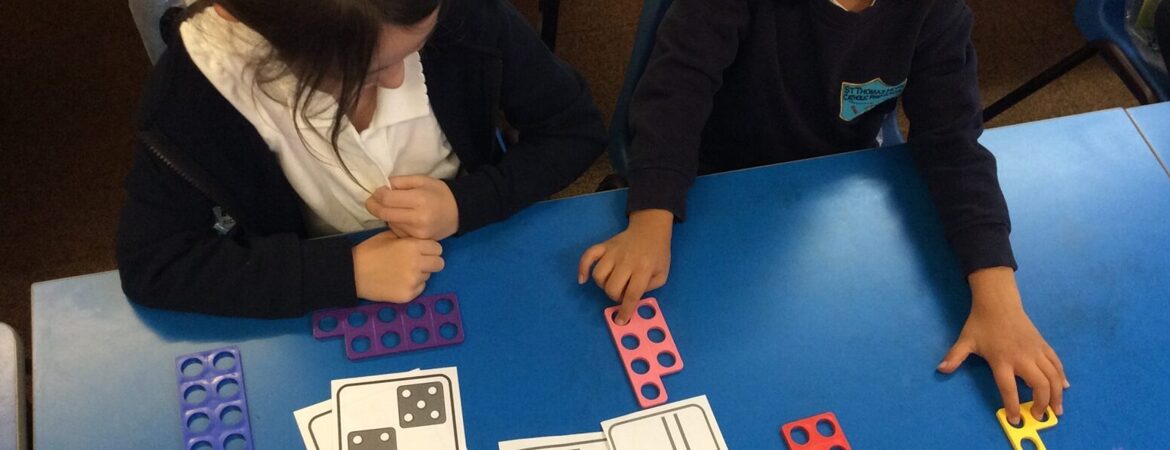- Home
- Curriculum
- Subject Information
- Maths
Maths

Intent
Our Mathematics curriculum is ambitious and designed to give all pupils, particularly disadvantaged pupils and including pupils with SEND, the knowledge and cultural capital they need to succeed in life.
It is coherently planned and sequenced towards cumulatively sufficient knowledge and skills for future learning and employment.
The curriculum is successfully developed to be ambitious and meet the needs of pupils with SEND, developing their knowledge, skills and abilities to apply what they know and can do with increasing fluency and independence
Mathematics teaches children how to make sense of the world around them through developing their ability to calculate, reason and solve problems. It enables children to understand relationships and patterns in both number and space, in their daily lives.
The school will:
- Promote enjoyment of learning through practical activity, exploration and discussion
- Promote confidence with numbers and the number system
- Develop the ability to solve problems through decision making and reasoning in a range of contexts
- Develop a practical understanding of ways in which information is gathered and presented
- Explore features of shape and space, and develop measuring skills in a range of contexts
- Understand the importance of mathematics in everyday life
- Develop a range of mental methods for calculation.
- Develop a range of written methods for calculation.
- Develop the ability to solve problems through decision making and reasoning in a range of contexts.
Teaching and learning style
Through careful planning and preparation, we aim to ensure that throughout the school children are given opportunities for:
- applying their learning to everyday situations
- practical activities and mathematical games
- problem solving and reasoning
- asking as well as answering mathematical questions
- mathematical reasoning, including making, testing and proving generalisations
- individual, group and whole class discussions and activities
- open and closed tasks
- a range of methods of calculating e.g. mental, formal and informal written methods
To ensure consistency across the school, each member of teaching staff has a copy of the Calculation Policy (updated January 2020). This shows the expectation for each year group and how the children’s skills progress through each year group.
White Rose and Maths Hub Calculation Policy
Our School Calculation Policy: Calculation-policy STM
We teach Maths using the ‘Teaching for Mastery’ approach. We sue White Rose Maths to support or planning for teaching for Mastery. Children are taught maths within mixed ability class groups. Teachers have high expectations of all children, irrespective of ability, and encourage them to be successful and achieve their full potential. We achieve this through using a range of strategies and differentiated questioning. Where teaching assistants are available, they are used to support individuals or groups within the class. strategies.
We use White Rose Maths to support teachers in planning lessons. Please see the schemes of work below.
The school uses the CPA (Concrete Pictorial and Abstract) method:
This means that children are using practical equipment including Numicon, counters and dienes blocks to explain and model place value, addition, subtraction, multiplication and division. The children are then shown how to use images to represent the equipment, e.g. circles for counters, before moving on to working directly with numbers.
In Key Stage 2 children are taught a range of strategies to develop quick recall of their multiplication tables, including a homework challenge and Times Tables Rock Stars (TT Rock Stars).
At St Thomas More we follow National Curriculum.
PRIMARY_national_curriculum_-_Mathematics_220714
Maths-Long-Term-Overview-White-Rose-2023-24--1.pdf